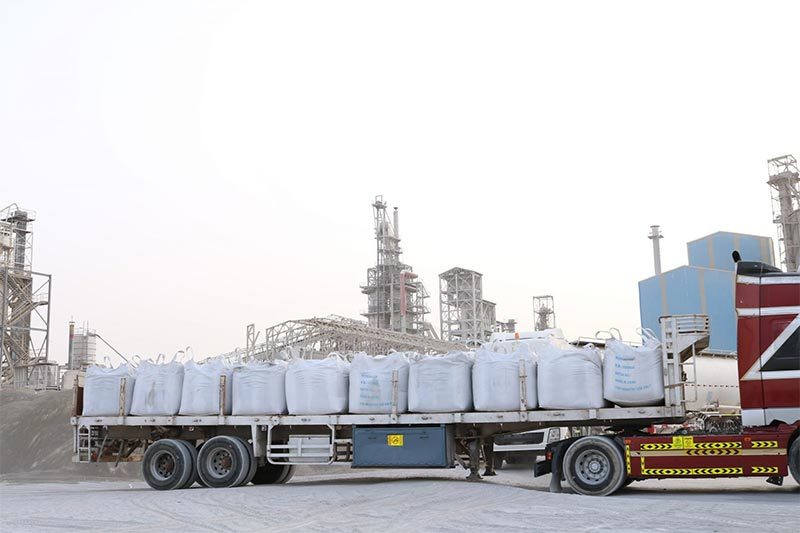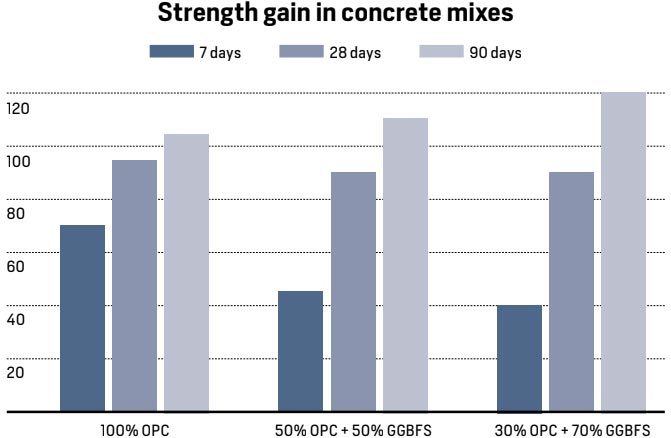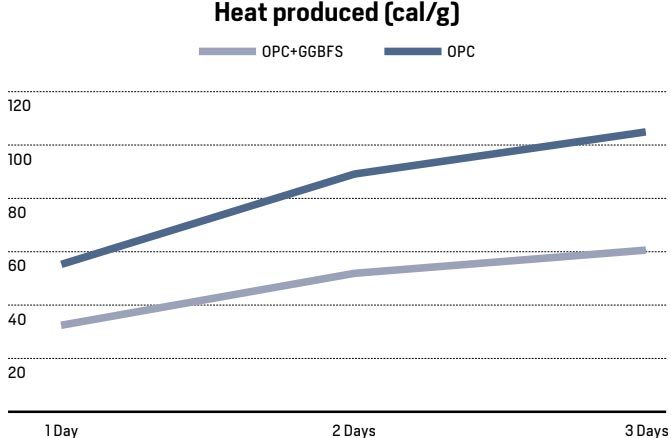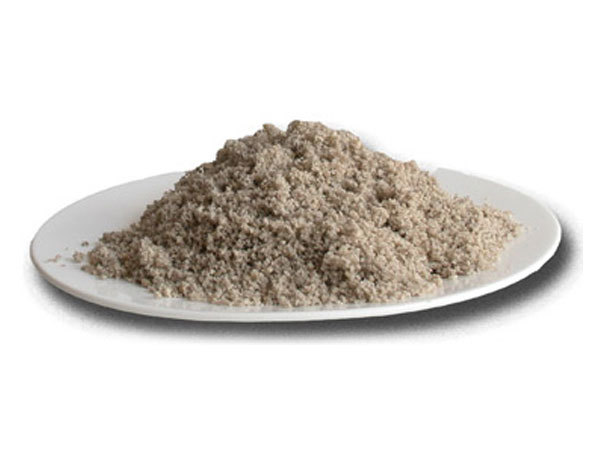Product
Contact Us





Ground Granulated Blast Furnace Slag (GGBFS)
- Commodity name: Ground Granulated Blast Furnace Slag (GGBFS)
- Description
-
The use of supplementary cementation materials is well accepted, since it leads to several possible improvements in the concrete composites, as well as the overall economy. Many of the governments all around the world have slowly understood the requirement to adapt and enforce the usage of these eco-friendly supplementary products to their concrete manufacturers. The present article is an effort to quantify the strength of ground granulated blast furnace slag (GGBFS) at various replacement levels and evaluate its efficiencies in concrete. Cement with GGBFS replacement has emerged as a major alternative to conventional concrete and has rapidly drawn the concrete industry’s attention due to its cement savings, energy savings, cost savings, and environmental and socioeconomic benefits. Since the grain size of GGBFS is less than that of ordinary Portland cement, its strength at early ages is low, but it continues to gain strength over a long period. What are the benefits of this product for the government, environment, manufacturers and contractors?
WHAT IS GGBFS?
Blast furnace slag is a by-product of iron manufacturing. Iron ore, coke and limestone are fed into the furnace, and the resulting molten slag floats above the molten iron at a temperature of about 1,500-1,600ºC. The molten slag has a composition of 30-40% silicon dioxide T (SiO 2) and approximately 40% CaO, close to the chemical composition of Portland cement. After the molten iron is tapped off, the remaining molten slag, which mainly consists of siliceous and aluminous residues, is then rapidly waterquenched, resulting in the formation of a glassy granulate. This glassy granulate is dried and ground to the required size and known as ground granulated blast furnace slag (GGBFS). The production of GGBFS requires little additional energy compared with the energy required for the production of Portland cement.
The replacement of Portland cement with GGBFS leads to a significant reduction of carbon dioxide gas emission. GBFS is therefore an environmentally friendly construction material which can be used to replace as much as 80% of Portland cement when used in concrete. GGBS concrete has better water impermeability characteristics as well as improved resistance to corrosion and sulphate attack. As a result, the service life of a structure is enhanced and maintenance cost is reduced. High volume eco-friendly replacement slag leads to the development of concrete which not only uses the industrial waste but also saves significant natural resources and energy. This in turn reduces the consumption of cement.
 The optimum GGBFS replacement as cementation material is characterised by:
The optimum GGBFS replacement as cementation material is characterised by:– High Comprehensive
– Strength Low heat of hydration
– Resistance to chemical attack
– Better workability
– Good Durability
– Cost-effectiveness
BENEFITS OF USING GGBFS IN CONCRETE
Sustainability It has been reported that the manufacture of one ton An Introduction to GGBFS of Portland cement requires approximately 1.5t of mineral extractions together with 5,000MJ of energy, and generates 0.95t of CO2 equivalent. As GGBFS is a by-product of iron manufacturing, it is reported that the production of one ton of GGBFS generates only about 0.07t of CO2 equivalent and consumes only about 1,300MJ of energy.



Strength
GGBFS concrete gains strength more steadily than equivalent concrete made with Portland cement. For the same 28 days’ strength, GGBFS concrete has lower strength at early ages but in the long term its strength is greater. The table shows the strength gained by three different mixes of concrete.

Color
Ground granulated blast furnace slag is off-white in colour. This whiter colour is also seen in concrete made with GGBFS, especially at replacements greater than 50%. The more aesthetically pleasing appearance of GGBFS concrete helps soften the visual impact of large structures such as bridges and retaining walls. For coloured concrete, pigment requirements are often reduced with GGBFS and colours are brighter.

Setting Time
The setting time of concrete is influenced by many factors, in particular temperature and water/cement ratio. With GGBFS, the setting time is slightly extended, perhaps by about 30 minutes. The effect is more pronounced at high levels of GGBFS and low temperatures. An extended setting time is advantageous in that the concrete remains workable for longer periods, resulting in fewer joints. This is particularly useful in warm weather.

Durability
Concrete containing GGBFS is less permeable and chemically more stable than normal concrete. This enhances its resistance to many forms of deleterious attack, in particular:
• Disintegration due to sulphate attack
• Chloride-related corrosion of reinforcement
• Cracking caused by alkali silica reaction
Consistency
While concretes containing GGBS have a similar or slightly improved consistency to equivalent Portland cement concrete, fresh concrete containing GGBS tends to require less energy for movement. This makes it easier to place and compact, especially when pumping or using mechanical vibration. In addition, it retains its workability longer.

Early Age Temperature Rise
The reduction involved in the setting and hardening of concrete generates significant heat and can produce large temperature rises, particularly in thick section pours. This can result in thermal cracking. Replacing Portland cement with GGBS reduces the temperature rise and helps to avoid early age thermal cracking. The greater the percentage of GGBS, the lower the rate at which heat is developed and the smaller the maximum temperature rise. The chart below shows the difference between the heat produced by OPC and by a mix of OPC & GGBFS.
Keywords:
Ready to experience Z-LINK ECO Mineral?
Click to view company profile
More Products


